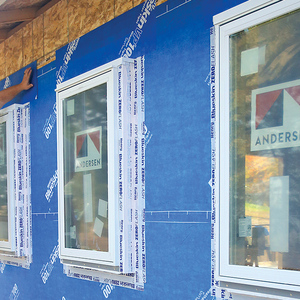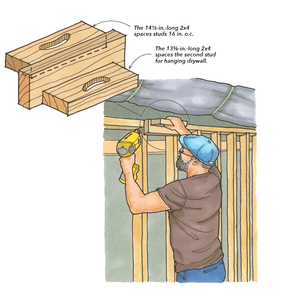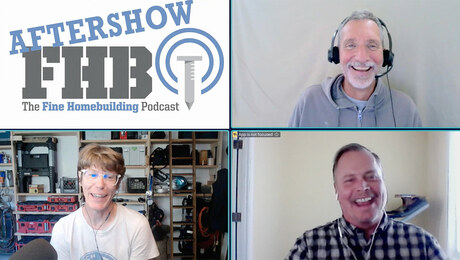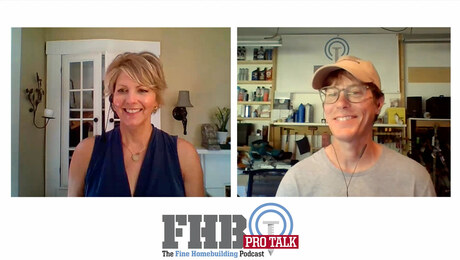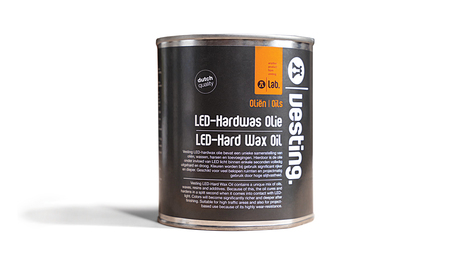Painted Wallpaper Predicament
If wallpaper has been covered by paint or new paper, don't try to layer more on top. The only way to create a reliable, smooth surface is to remove the wallpaper, step by step.

I’m a contractor with a client who recently purchased an 1890s home in Philadelphia. Decades ago, someone wallpapered over the plaster walls—and years after that, for inexplicable reasons, painted over the wallpaper. Now the wallpaper seams are separating and some sections are peeling off. I’m seeking the least-invasive method of repair. I’ve thought about going over everything with a thin layer of drywall, but the drywall’s additional thickness would mean extending door and window jambs and furring out base trim. There’s no money in the budget for removing the plaster before drywalling. Can anything be done?
— Michael Manny; Philadelphia
Mike DiBlasi of Diblasi Painting Replies
Over the years, we have encountered this very same problem many times. Even in well-maintained houses, there are wayward rooms where protocol was forgotten and the painter went rogue and decided to just slap paint on everything. If I came across this particular situation, I would start with the basics. That means first and foremost creating a sound substrate to build upon. In order to accomplish this, you will need to get physical with the painted wallpaper. That means scraping every last inch of wall and removing the bits and pieces that are not adhering well to the plaster. Unfortunately, that is only the beginning of the process.
You may be tempted to stop when you no longer see peeling sections—but if you don’t remove every last bit of the wallpaper, even the parts that are still well-adhered, you will see “bubbling” whenever you wet the surface with compound or primer, because you’re reactivating the wallpaper adhesive or sizing that remains on the walls after you’ve scraped. I’ve seen inexperienced painters deal with the bubbles during a half-dozen patching, priming, and painting steps. If you don’t remove the wallpaper’s adhesive layer and sizing, the bubbles will never go away.
Therefore, when I’m faced with painted wallpaper, I accept the inevitable and resolve to take the time I’ll need to strip everything down to the plaster, removing the wallpaper and its adhesive completely. This involves sanding the facing of the wallpaper to expose the backing that’s glued to the wall, wetting down the backing to reactivate the adhesive, and scraping until it’s all gone. This is physically demanding and labor-intensive, but you can find comfort knowing all subsequent layers of paint or wallpaper will stick around for a lifetime of service.
For details of the wallpaper stripping process, see my Fine Homebuilding article, “Stripping Wallpaper” (FHB #291), which shows how to do it step by step.
— Mike DiBlasi of Diblasi Painting
RELATED STORIES
Need help?
Get answers you can trust from the experienced pros at FHB. Email your question to [email protected].
Fine Homebuilding Recommended Products
Fine Homebuilding receives a commission for items purchased through links on this site, including Amazon Associates and other affiliate advertising programs.

Affordable IR Camera

Reliable Crimp Connectors

8067 All-Weather Flashing Tape






